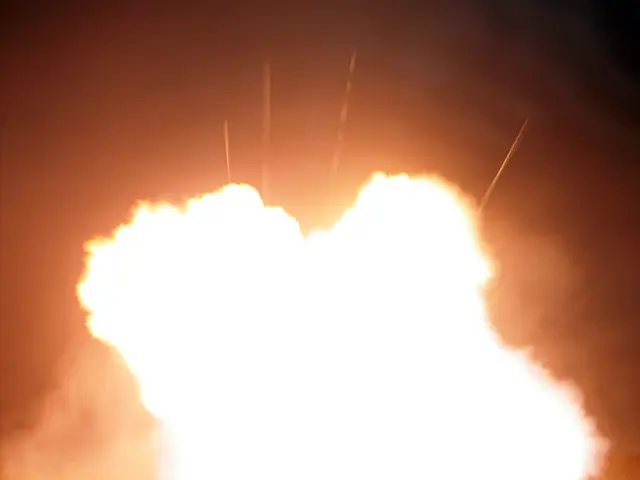A Peek into the Ongoing US-China Trade Tussle
Trump hints at reinstating retaliatory tariffs in the coming weeks
The ongoing trade friction between the U.S. and China is a heated chess match with no clear winner in sight. Both parties are digging their heels in and the tension is palpable.
- Donald's Dance: President Donald Trump has waltzed around the issue of tariffs, hinting they could potentially be cut "substantially" from the 145% mark [1]. Yet, he's been firm on one point: no unilateral reduction unless China plays ball [1].
- China's Counter Move: In a nod to the classic game of swords, China has flatly denied any active negotiations with the U.S. over tariffs [2]. A spokesperson from the Chinese Ministry explained that any progress reports are mere rumors, and that they only engage in talks based on mutual respect and equality [2]. China emphasizes that the United States should make the first move by cancelling all unilateral tariffs aimed at Chinese goods [2].
The Dancefloor Shuffle
Given the unfolding drama, several possible outcomes await:
- The Standoff: Without a resolution in sight, the standoff could worsen, potentially causing detrimental effects on U.S.-China trade relations and global markets [3]. China has continued to throw punches, increasing tariffs and restricting key exports like rare earth minerals [2].
- Silent Pressure: The specter of recession and inflation may compel the U.S. to reconsider its tariff policies. The increasing economic strain might nudge the U.S. towards a more collaborative strategy or a rethink of tariffs to alleviate domestic economic strain [1].
- The Call to Dance: Despite current disagreements, both parties have hinted at a readiness to negotiate under appropriate conditions [2]. If the U.S. reconsiders its tariff policy, China might be inclined to step onto the dance floor for substantial negotiations [2]. However, any significant progress would demand compromise on both sides, particularly concerning mutual respect and the cancellation of tariffs.
- Global Trade Ripples: The unfolding conflict could send ripples across the global trade landscape, impacting policies and relations with other nations [1][2]. The U.S.-China dynamic might shape the strategic approaches of other nations in their trade negotiations [1][2].
- The inconsistency in U.S. crypto capital regulation, coupled with unclear tax policies, has surprised many observers in the general news and policy-and-legislation circles, potentially isolating the country from the increasingly digital global economy [4].
- CNBC analysts have pointed out that the current tariff war between the U.S. and China could indirectly impact international crypto markets, as fluctuations in traditional markets often trickle down to digital asset markets [5].
- The rhetoric around tariffs and China-U.S. trade tensions has dominated politics, drawing parallels between the complexities of the ongoing trade war and the intricacies of navigating war-and-conflicts [6].
- Despite the escalating trade conflict, some economists are confident that the U.S. economy can withstand the pressure and will continue to grow, due in part to its resilient capital markets and diverse economy [7].
- The potential for an unexpected tariff reduction or a sudden halt in the trade dispute could create whirlwinds in global markets, even leading to a shift in the general news cycle, much like a surprised move in a war-and-conflicts scenario [8].
- The influence of the U.S.-China trade tussle extends beyond the realm of traditional markets and tariffs, as it could impact international trade policies and legislations for war-and-conflicts, as well as war-and-conflicts themselves [9].
- Between the global economic implications, political repercussions, and the strategic shift that any trade resolution might trigger, the ongoing dance between the U.S. and China over tariffs continues to captivate the world, a testament to the interconnectedness of nations and the unpredictability of policy-and-legislation [10].













